Fire Sprinkler Systems
Our Fire Sprinkler Design & Installation Process
Our design team creates fire sprinkler installations with detailed 2D or 3D renderings, pinpointing and preventing potential issues. Our technicians use these plans to ensure precise installation, meeting all local and national codes.
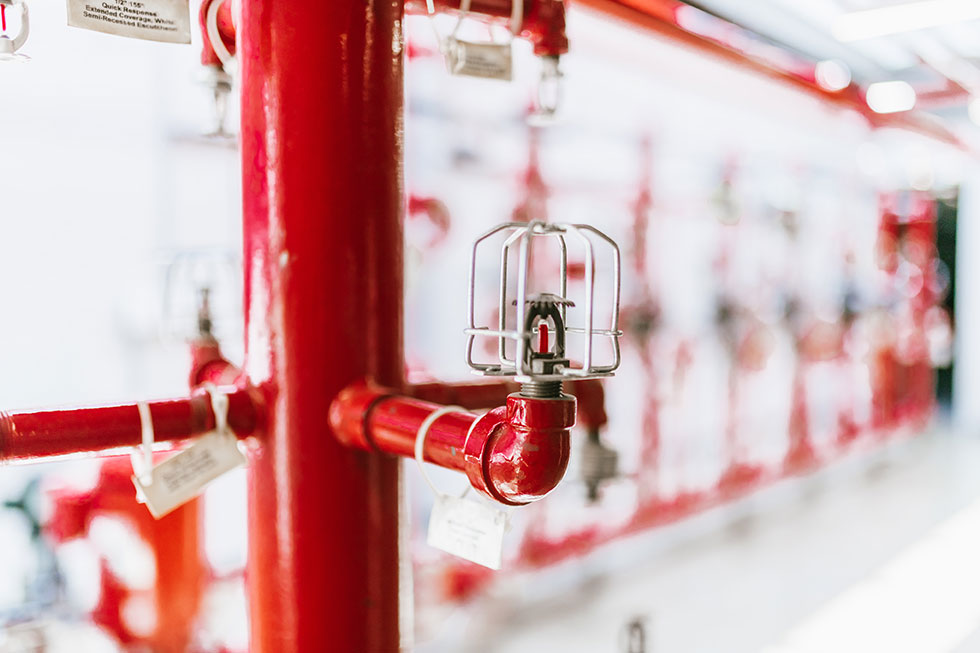
Inspection, Testing, and Maintenance Services
Ensuring fire sprinkler systems are working effectively is not only essential but also mandated by law. We offer a comprehensive range of inspection and testing services tailored to your facility’s needs, including weekly, monthly, quarterly, bi-annual, or annual checks to comply with local codes, insurance requirements, and industry regulations. In addition to routine maintenance, we provide 24/7 emergency service.
Our team conducts thorough physical inspections of all fire sprinkler system components to verify proper functionality. We also carry out the following tests:
- Main drain tests
- Water flow tests
- Backflow tests
- Fire pump tests
- Corrosion and obstruction tests
- Trip tests for dry pipe, pre-action, and deluge valves
Prepare your system to effectively respond in case of a fire emergency.
Reach out to our team for a personalized quote.
Corrosion Management
A significant threat to the effectiveness of sprinkler systems is corrosion. Unchecked, corrosion inevitably progresses to the formation of pinholes leaks, or accidental sprinkler discharges – causing extensive, costly damage, not to mention the terrifying fact that it can compromise the integrity of sprinklers systems and in the case of a fire, put lives at risk. Our skilled team can assess corrosion in sprinkler systems and tailor solutions to each facility.
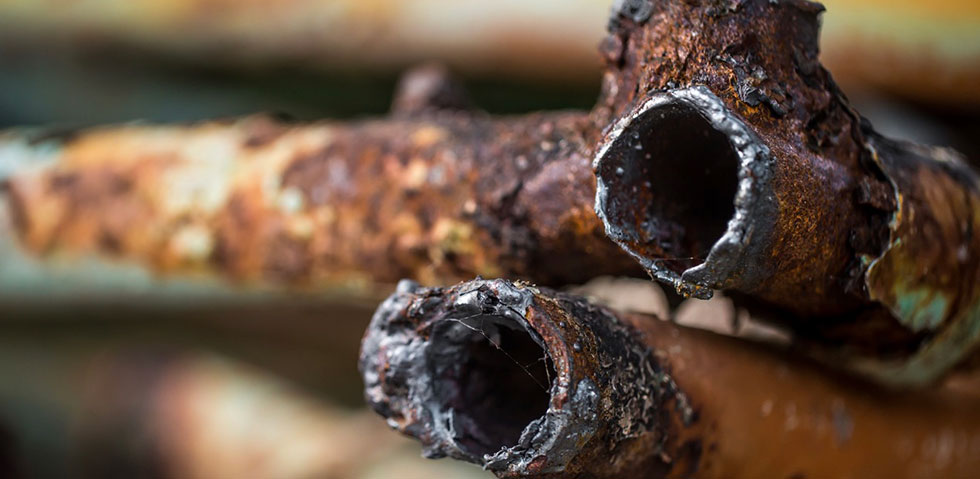
Determining the Right Fire Sprinkler System for Your Facility
There are several different types of sprinkler systems available in the industry, each with its own benefits. The right system depends on your facility’s unique needs and specifications. The following systems are commonly used and have proven to be most effective:
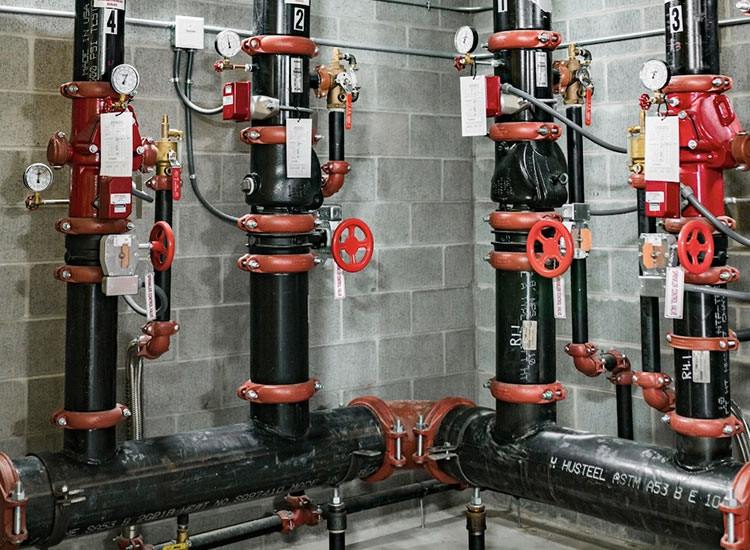
Wet System
- Constantly charged with water
- Activates immediately upon detection of fire
- Suitable for areas where temperatures consistently stay above 40°F
- Ideal for areas at risk of rapid fire spread
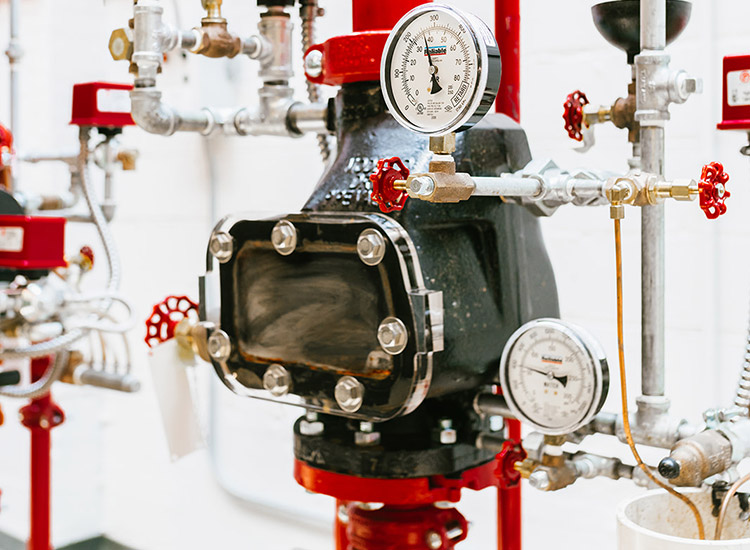
Dry System
- Dry System: Utilizes pressurized air or nitrogen in the pipes instead of water
- Activates when a fire is detected, allowing water to flow into the system
- Ideal for areas where freezing temperatures are a concern, such as unheated warehouses or parking garages
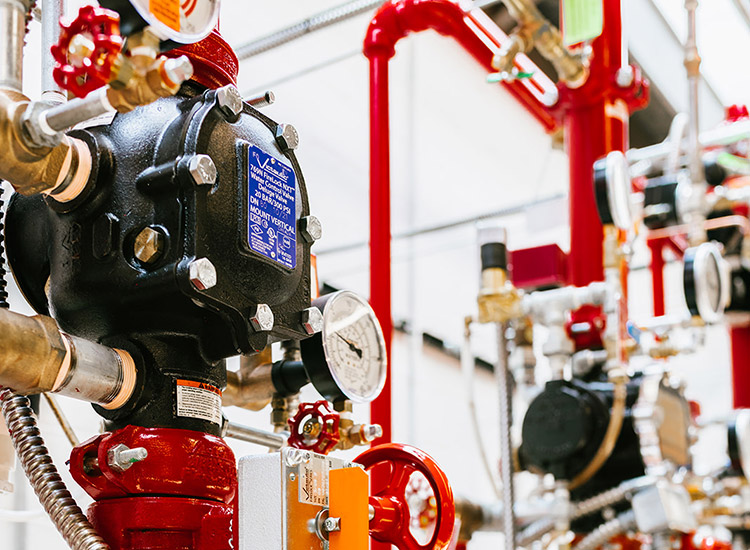
Pre-Action System
- Requires two stages of activation: detection of fire and manual release of water
- Utilizes pressurized air or nitrogen in the pipes until fire detection triggers the release of water
- Commonly used in areas where accidental activation could cause significant damage, such as data centers or museums
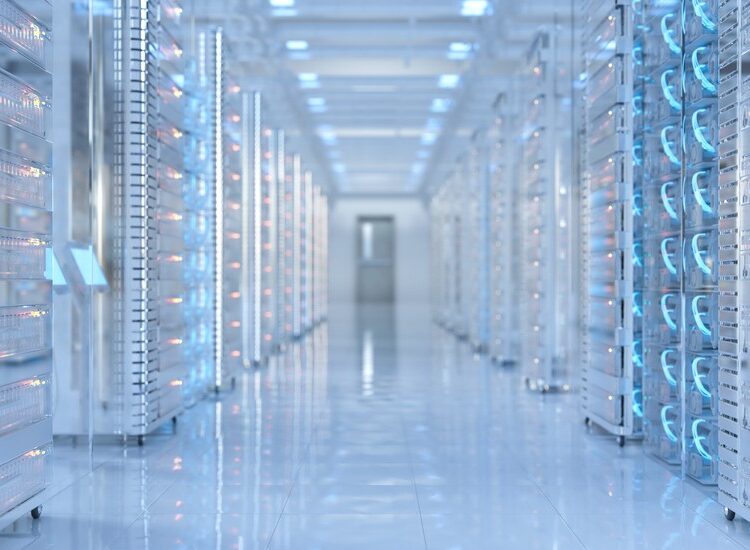
FM-200/FE 25 System
- Utilizes clean agent gases, to extinguish fires
- Suppresses fires without leaving residue or damaging equipment
- Ideal for protecting valuable assets in areas where water-based systems are not suitable
Secure Your Fire Safety with Expert-led Solutions
Our team is always ready to lend a hand. Whether it's an emergency or a routine consultation, we're here to offer reliable solutions tailored to your needs.
STAY CONNECTED
We’ll let you know of any News, Special Offers, and Training Opportunities
